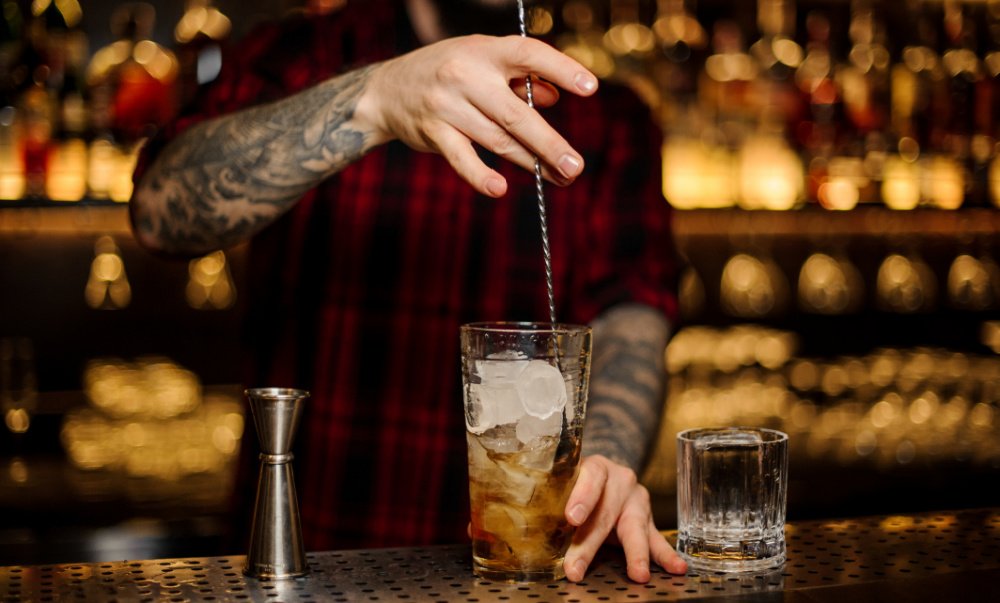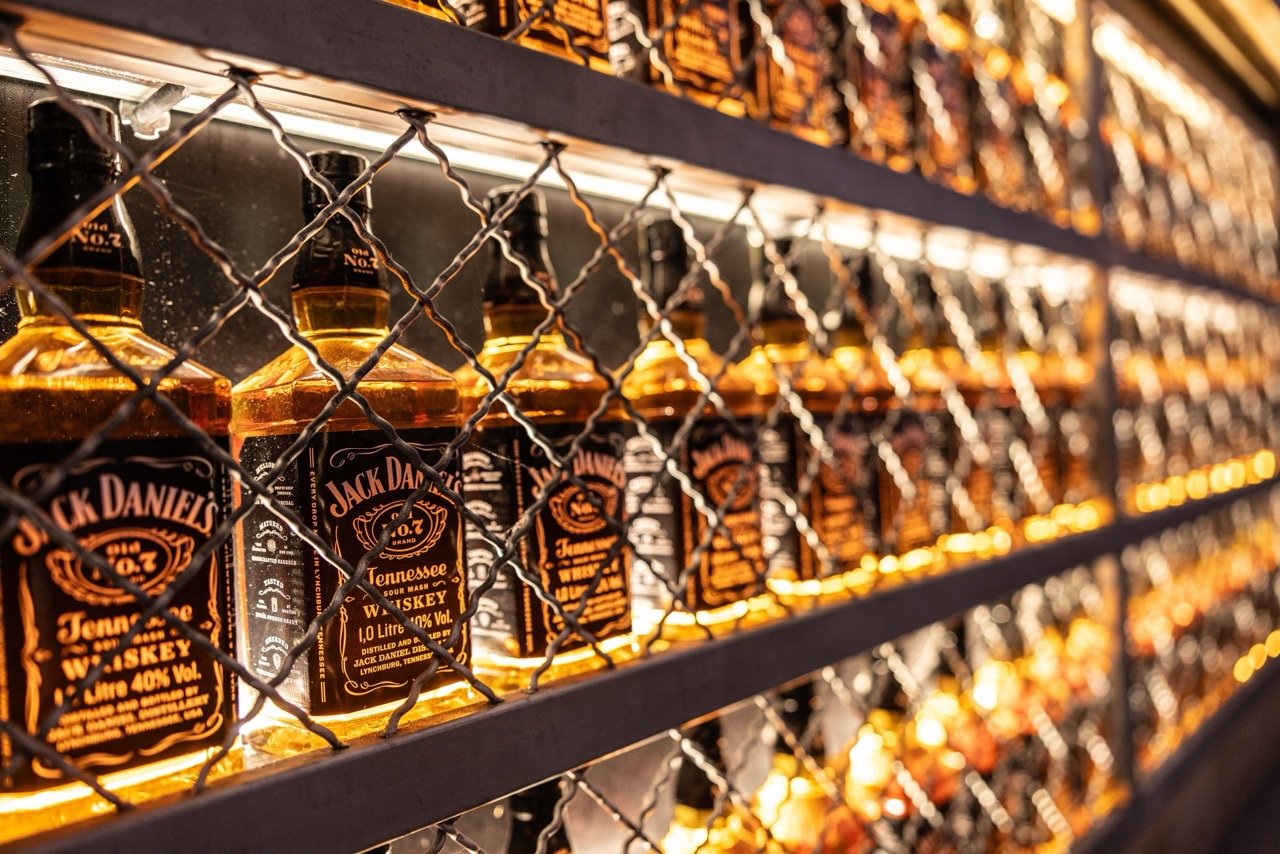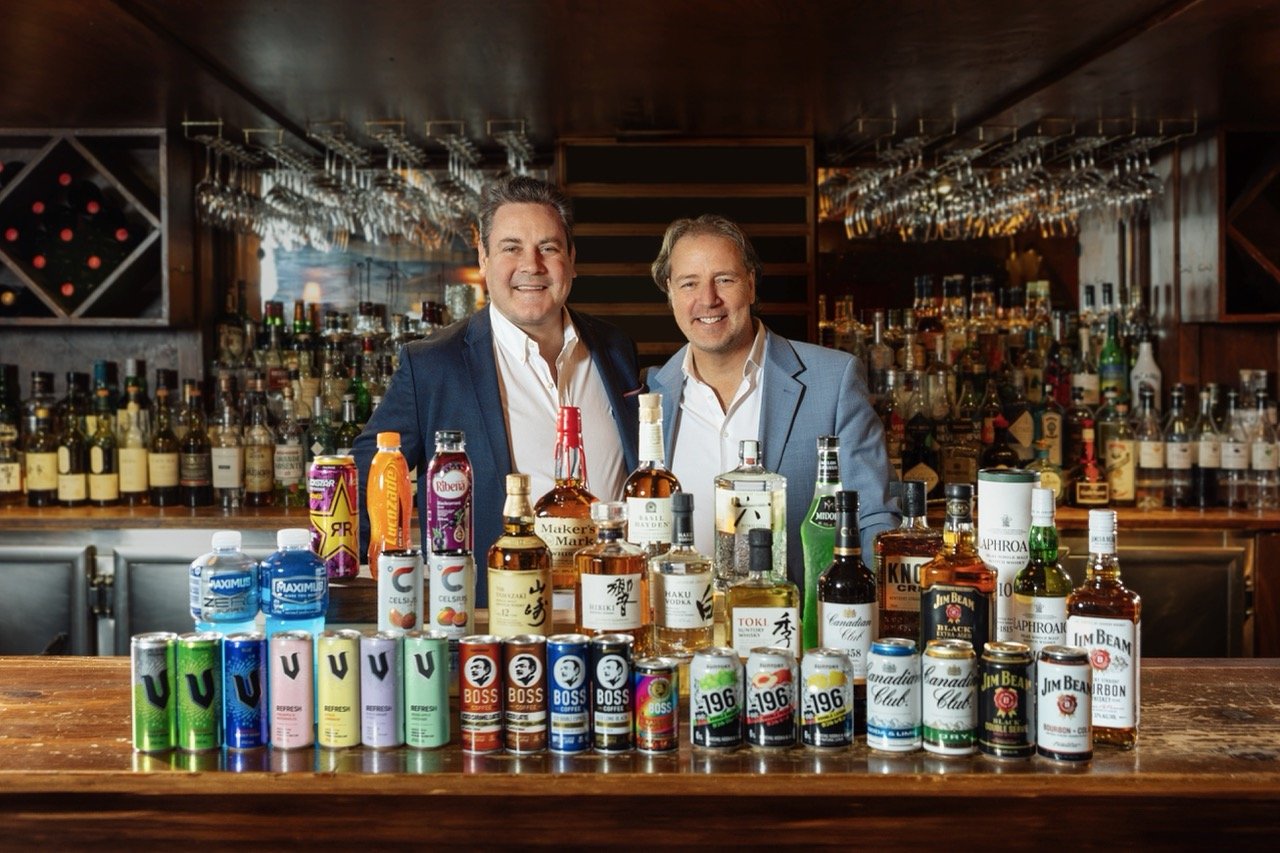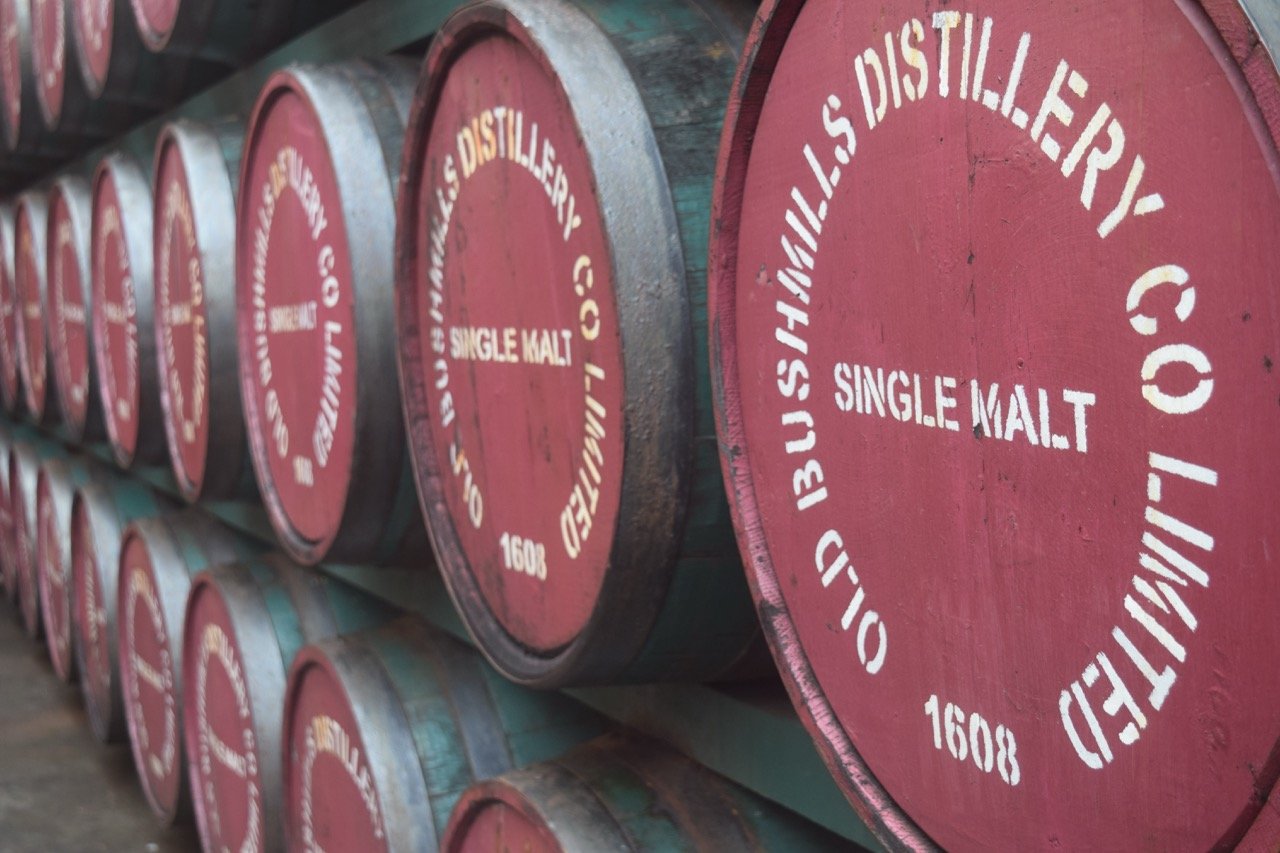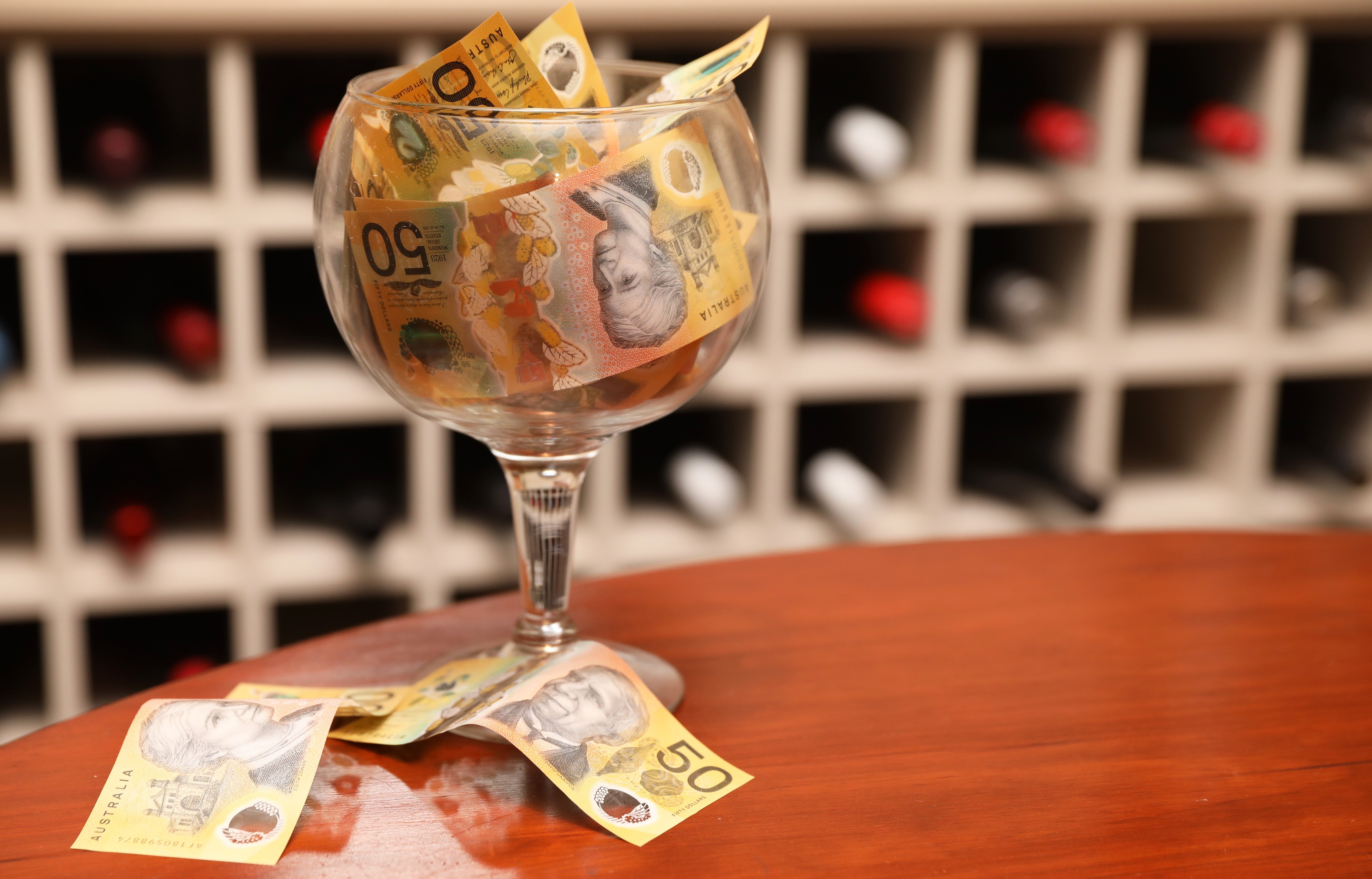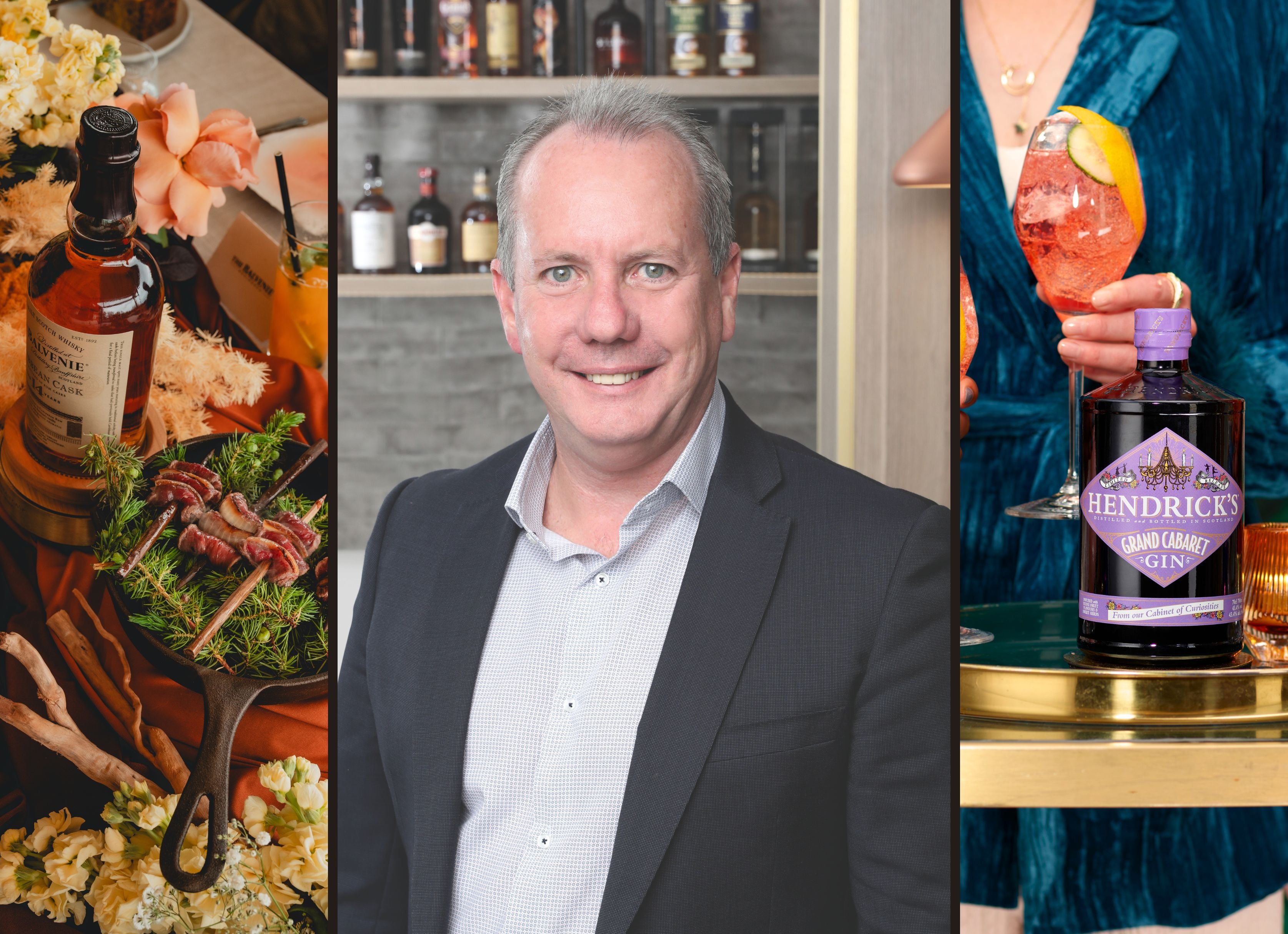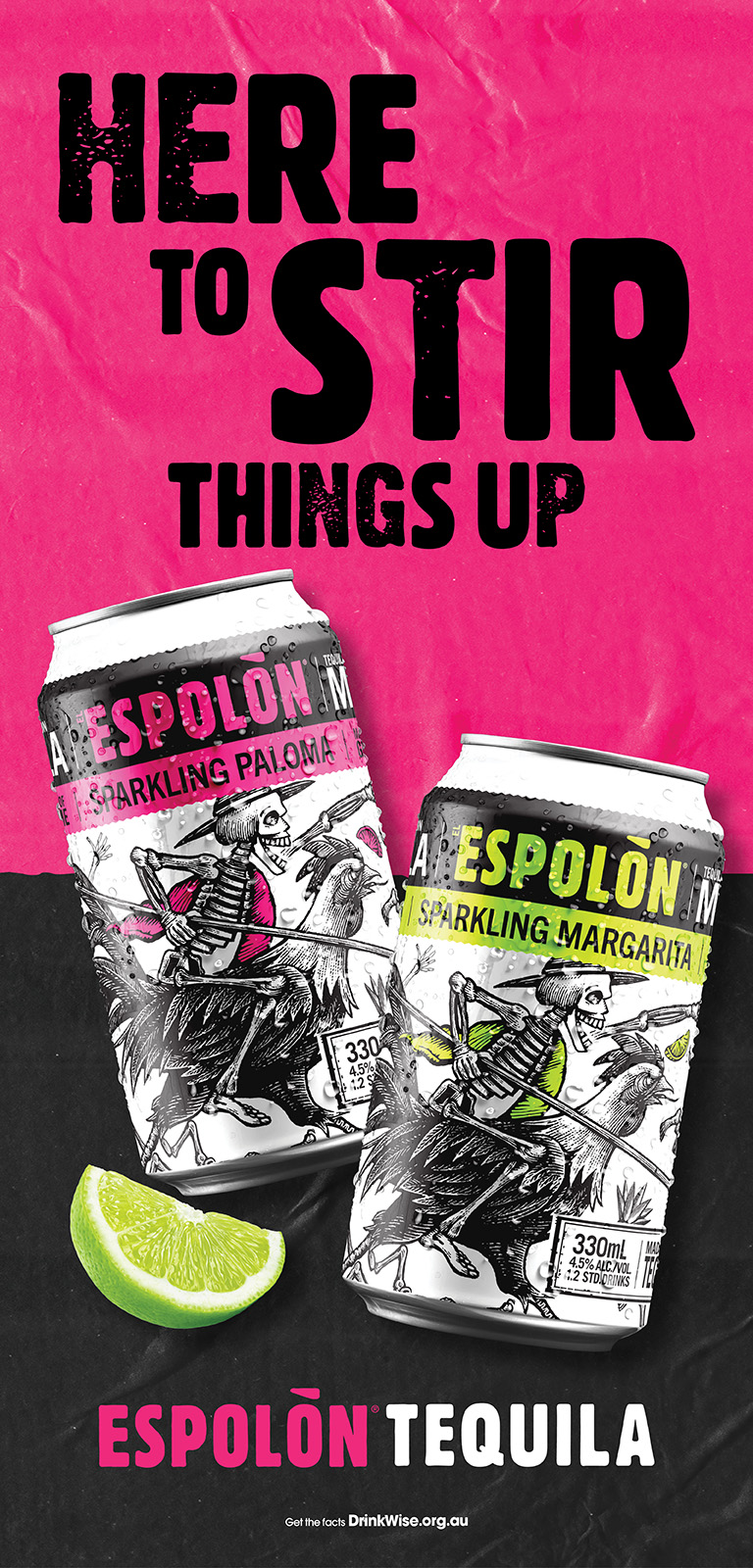Excise rates on spirits, RTDs and beer lifted by 3.7 per cent on Wednesday, 1 February.
The lift means that the tax on spirits are now almost $100 per LAL (litre of alcohol) which Spirits and Cocktails Australia chief executive Greg Holland describes as a “cruel blow” for an industry already hit hard by high inflation.
Australian producers pay the third highest spirits tax in the world.
Holland says, “This six-monthly tax hike is felt by spirits producers right across the nation. It is a handbrake on the jobs, investment and innovation needed to help our industry truly compete on the world stage,” he said.
“Australia’s most exciting industry is being held back by one of the world’s most punitive tax systems.”
Holland puts the value of the spirits sector at $11.6 billion in total value-add to the Australian economy and says that the industry employs around 5,000 people in manufacturing, with two-thirds of the workforce based in regional and rural locations.
The ADA and Spirits & Cocktails Australia have made a pre-budget submission to the Federal Government seeking reduce the spirits excise rate to align it with the rate for brandy ( at $91.43 LAL) and freeze CPI indexation for three years.
Its submission says this would “facilitate sustainable growth for Australian spirits manufacturing and boost investment in an industry ripe for growth”.
Australian Distillers Association chief executive Paul McLeay said, “A simpler, fairer tax system will turbocharge the investment environment for spirits producers, both domestic and global, to create premium drinks for local consumers, as well as grow export markets,” said Mr McLeay.
“It will be a win-win. We can have the world’s best producers of high-quality spirits right here in Australia. All we are asking for is sensible and modest reforms from a Federal Government aiming to build up the capability of domestic manufacturing industries,” he added.
The news coincided with figures released from the ABS that Australian retail turnover fell 3.9 per cent in December 2022, despite having risen by 1.7 per cent in November 2022. It is the first monthly fall in retail turnover for 2022, following eleven consecutive monthly rises.
Ben Dorber, ABS head of retail statistics, said: “ Retail turnover remains elevated at its sixth highest level in the series and was up 7.5 per cent through the year. The large fall in December suggests that retail spending is slowing due to high cost-of-living pressures. "
Food retailing lifted marginally – up 0.3 per cent – while cafes, restaurants and takeaway food services have remained relatively stable since November.
Retail turnover fell across all states and territories, with the majority down by more than 3.0 per cent.
Share the content
